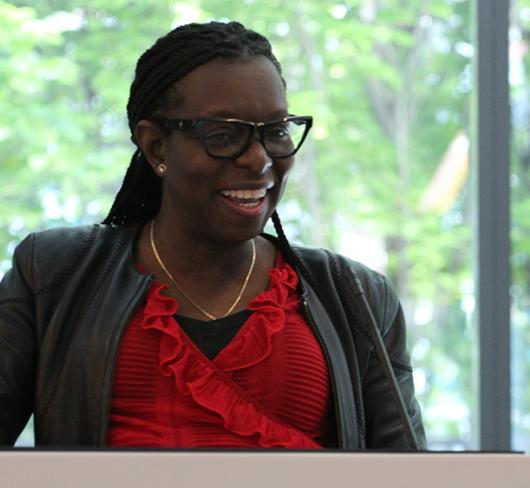
Ideas for Greening Your Classroom
Teachers and schools have a key role to play in our planet’s future. Environmental education is a key component for creating a generation of students who understand that each of us can powerfully affect the fate of the natural world, environmental systems and their sustainability.
Practice Five R’s Not Just Three
Most of us have heard of Reduce, Reuse, and Recycle – but there are two other Rs that students should understand – Rethink and Recreate. Each of these actions contributes positively to the classroom, the school, and the community at large.
Trade Screen Time For Green Time
Rather than using technology to learn about a key concept or idea, trade screen time for green time. Try taking your class outside for a nature walk or have a mathematics lesson in a green space rather than the computer lab. Ask students to leave portable electron- ic devices in the classroom.
Litterless Lunches
Discuss with students how much waste can be reduced by creating lunches that are litterless. Encourage your students to brainstorm ideas to reduce the amount of waste in their lunches and share these ideas with parents. Use cross-curricular connections to show how this act can have a positive effect on waste reduction. For more ideas and information go to waste- freelunch.com.
Adopt and Endangered Animal
Have students raise money or host an event to adopt and support an endangered animal from a local zoo or wildlife website. Have students name the animal and keep track of its development and growth. Visit the Canadian Wildlife Federation site to see how your class can be involved: cwf-fcf.org/en/action/donate/.
Get Funding -Take Action
There are several websites that provide funding for environmental education projects at the class or school level. Imagin- eaction provides funding and support for teachers in their sustainability efforts (imagine-action.ca).
Reusable Water Bottles Reduce Plastic
Use a reusable water bottle rather than throw-away plastic bottles in your class- room. Set an example for your students by making this choice yourself. You could also encourage parents to make a bulk purchase of reusable bottles so that your class can take action together.
Create Green Art and Science Projects
Integrate going green across the curriculum by using recycled materials for art and science projects. Use recycled news- papers for papier-mâché or recycled tin, plastic, and other materials to build structures for science class. The possibilities for integrating recycled materials into projects are limitless.
Go Paperless
Minimize the amount of paper used in your classroom with strategies like “no print” days in the computer lab, a GOOS (good on one side) paper bin where students can use recycled paper to take notes, or individual whiteboards for students to show and share work with classmates. Ask the class for creative ways to reduce paper consumption throughout the year.
Take an Environmentally Informative Trip
When planning a field trip during the school day, look for ways to integrate environmental education into the curriculum. For example, take your class to a local recycling centre or organic farm. During these visits, students can see how plastics and metals are sorted and processed, or see how food travels from garden to dinner table. Encourage students to make connections between consumption, waste, and environ- mental impacts.
Tap into your students’ ideas and energy –they are a great source for going green.

